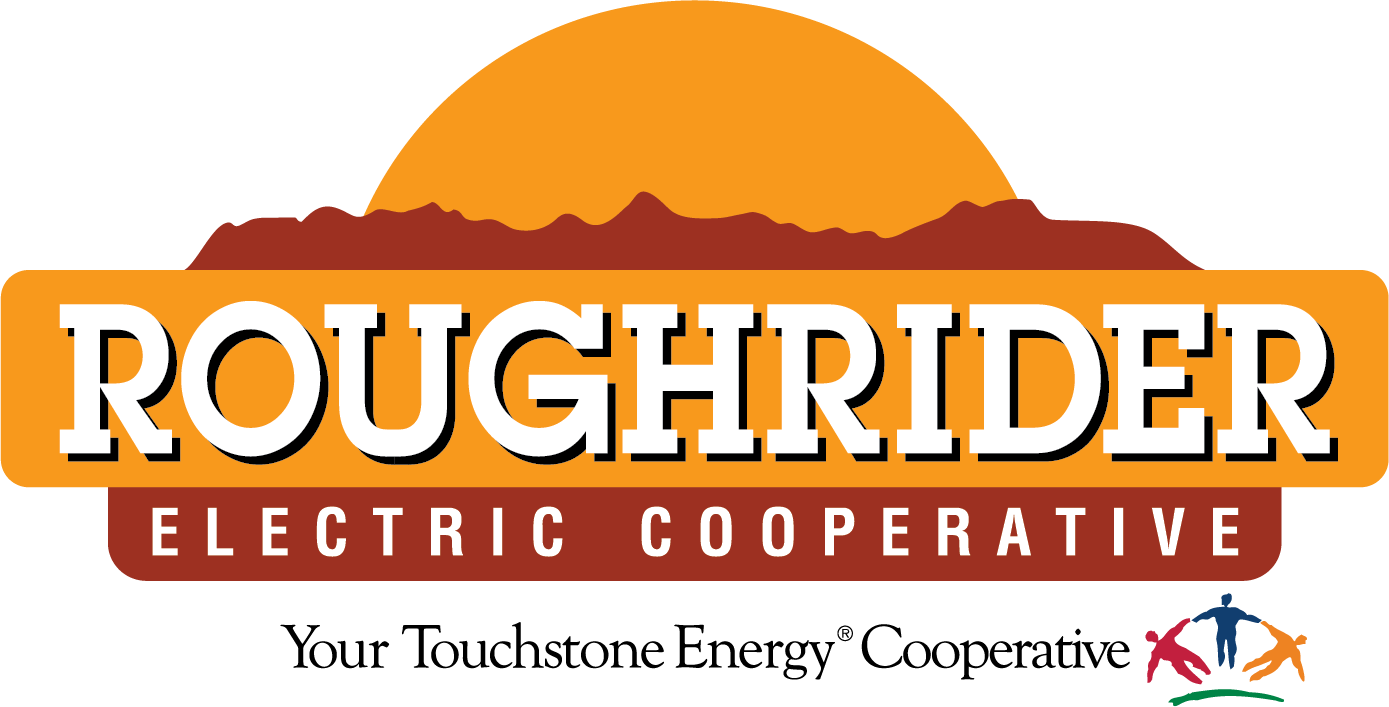-
Turn down the temperature of your water heater to the warm setting (120 degrees F). You will save energy and avoid scalding your hands.
-
Check if your water heater has an insulating blanket. It can pay for itself in one year or less!
-
Start using energy-saving settings on refrigerators, dishwashers, washing machines and clothes dryers.
-
Survey your incandescent lights for opportunities to replace them with compact fluorescents. These lamps can save up to 75 percent of the electricity used by incandescents.
-
Install low-flow shower heads and faucet aerators as needed.
-
Replace aging, inefficient appliances. Even if the appliance has a few useful years left, replacing it with a top-efficiency model is generally a good investment.
-
Check for open fireplace dampers.
-
Assess your heating and cooling systems. Determine if replacements are justified, or whether you should retrofit them to make them work more efficiently to provide the same comfort (or better) for less energy.
-
Insulate hot water pipes and ducts wherever they run through unheated areas.
-
Install a clock thermostat to set your thermostat back automatically at night.
-
Insulate. If your walls aren't insulated, have an insulation contractor blow cellulose into the walls. Bring your attic insulation up to appropriate levels.
-
Upgrade leaky windows. It may be time to replace them with energy-efficient models or to boost their efficiency with weather-stripping and storm windows.
-
Reduce your air conditioning costs by planting shade trees and shrubs around your house; especially on the west side.
-
Check for holes or cracks around your walls, ceilings, windows, doors, light and plumbing fixtures, switches and electrical outlets that can leak air into or out of your home.
-
Clean or replace furnace, air conditioner and heat pump filters.
-
Schedule an energy audit for more expert advice on your home as a whole.
For more money-saving energy efficient ideas, visit these websites:
